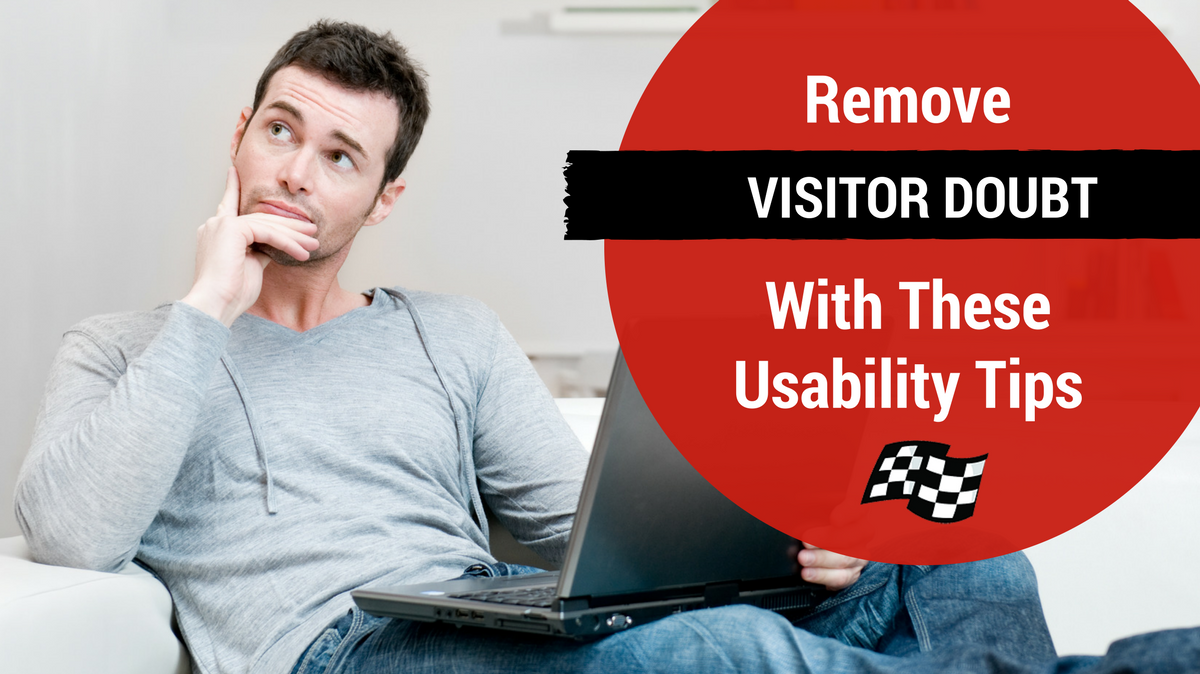

This is part of the Total Usability Series that was originally published in 2007. A decade later, usability is more important than ever, so we are revisiting this series and updating all of the articles. This post was updated 12/14/2017.
Trust is a key usability issue when it comes to running a successful online business. Most people automatically view web businesses with a bias against them compared to their brick and mortar counterparts. Your ability to remove their doubt and convince them that yours is a trustworthy business is one of the key components to getting visitors to convert into customers.
Creating a website that conveys trust can be tricky. There are rarely any answers that are always “right” for every visitor. There are, however, several factors that have universal appeal to the weary shopper. With them, you can cultivate trust with your visitors. Without them, you will likely lose them to a competitor.
1. Company info
Provide your visitors information about your company and its primary owners and operators. Share your company history and answer frequently asked questions. Privacy and security policies should be easy to find, and you should list your physical location, if applicable. And please don’t hide your contact information. The more information you provide the better satisfied any concerned shopper will tend to be.
2. Prompt responses
Shoppers want to know that they can rely on a company to meet their needs and concerns quickly once contacted. Be sure to respond promptly and professionally to all customer inquiries. Don’t let email or phone messages go unanswered for more than a couple of hours, especially if requests are urgent.
Letting visitors know how soon they can expect a response — and delivering on that promise — goes a long way to building trust.
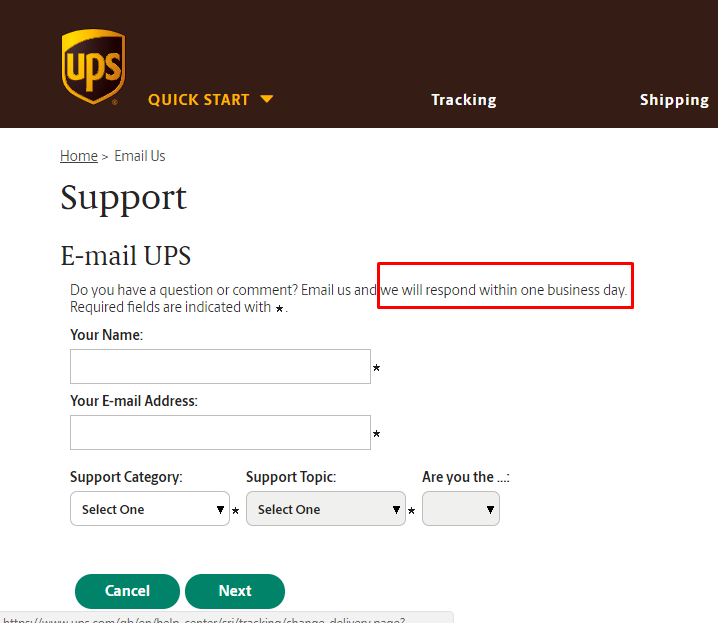
3. Feedback options
Create ways for visitors to provide user feedback regarding your products or services and encourage them to do so. Be sure to follow up with feedback and use it to better your services.
Specifically, make sure you give them a mechanism to rate and review your products and services. This public feedback is critical to helping other visitors decide whether or not it’s a good idea to do business with you.
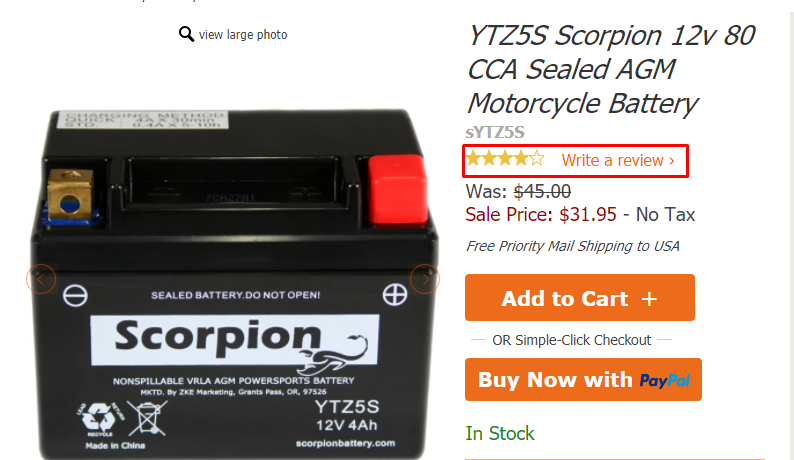
4. Transaction security
Emphasize that online transactions will be handled securely and that privacy is a top priority. Using secure logos and, again, providing links to privacy policies page are musts.
5. Delivery options
Be sure to provide low cost and/or varied delivery options. Having more options available allow visitors to select the delivery method they prefer and trust the most, which will then lend additional trust to you.
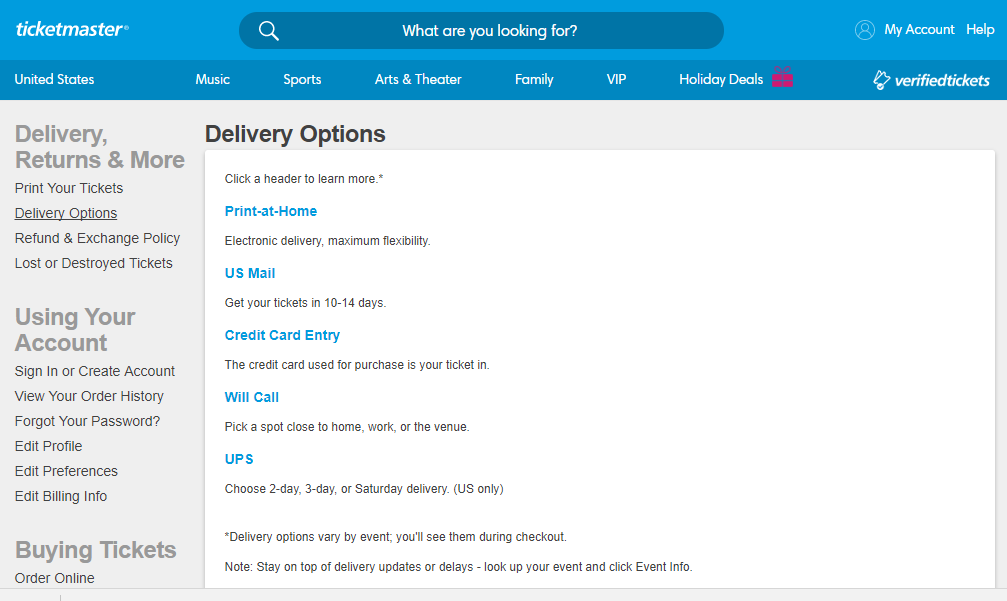
6. Brand and product quality
If you sell brand-name products, be sure to emphasize this as your customers will be more likely to purchase a product brand they recognize. If you don’t have brand name products, create a brand and emphasize that. A unknown brand name product is still better than a no-name brand product.
7. Off-line retailer comparison
Provide your visitors compelling reasons why they should purchase products from you rather than an offline competitor. Highlight free shipping, lower prices, easy access customer support, etc.
Mpix competes with many online and offline photo printing services, but they make a clear case on their site for why visitors should choose them:
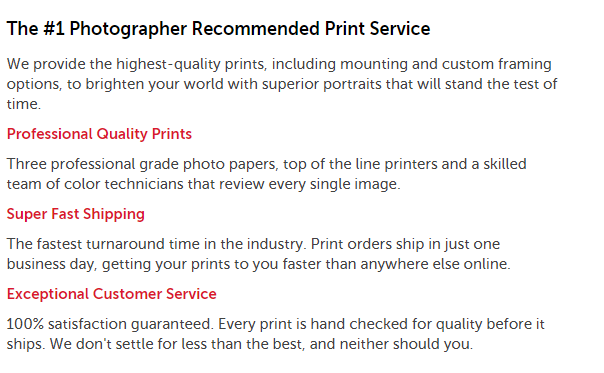
8. Return policy
Returns can be more frustrating with online businesses since you can’t just drive down the street and exchange the unwanted purchase. Make sure your return process is easy. Adding no-hassle return policies can clinch a sale. Be sure to have return policy information easily available and spell out exactly what is required to return a product and/or get a refund.
9. Minimal / clearly distinguishable ads
Don’t clutter up your space with ads. Keep your visitors focused on purchasing your products. If you have ads in informational areas of the site keep them to a minimum and make sure they don’t overpower your own information.
10. Product details
One of the hardest things about shopping online is making sure you are getting what you really want. Things can look different online than they do “in real life,” and you often just get a 2-dimensional view.
Remove this obstacle by providing as many details and visuals as possible so that visitors will trust that they will get the right product. Measurements, sizing charts, multiple image views, videos, etc. can make them feel confident in moving forward with the purchase. Wayfair does a good job of this, providing multiple views and a video to help customers visualize the product.
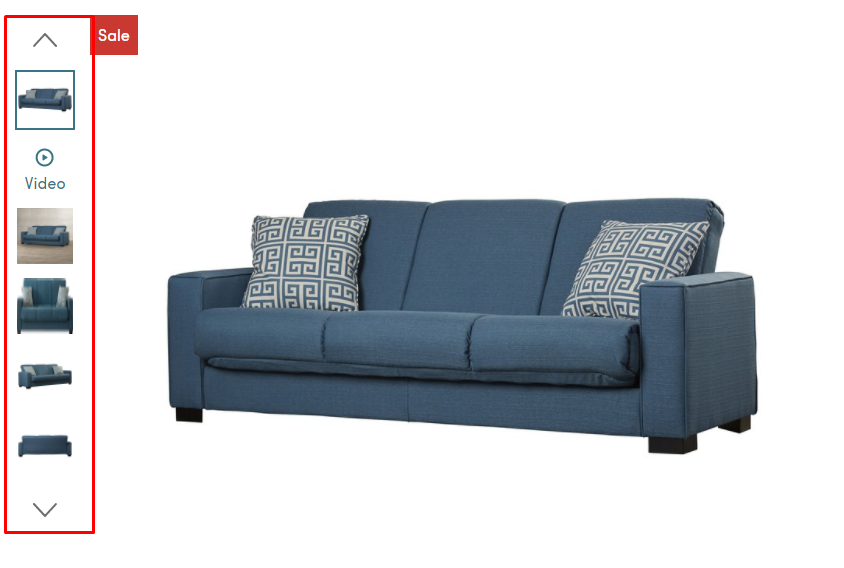
No Trust, No Sale
In an anonymous world where customers can’t examine a product or meet with company reps face-to-face, trust is much harder to come by. Online businesses have many more hurdles than offline businesses when it comes to establishing trust with their customer base. This means that as an online business, you have to do more than just create a compelling reason to convince people “why you” rather than a competitor.
Establishing trust is the key. Your shoppers need to believe without a doubt that, as a business, you’re not just in it for yourself, but that you care and will take care of the customer. Without having established any sort of trust there really is no sale.
